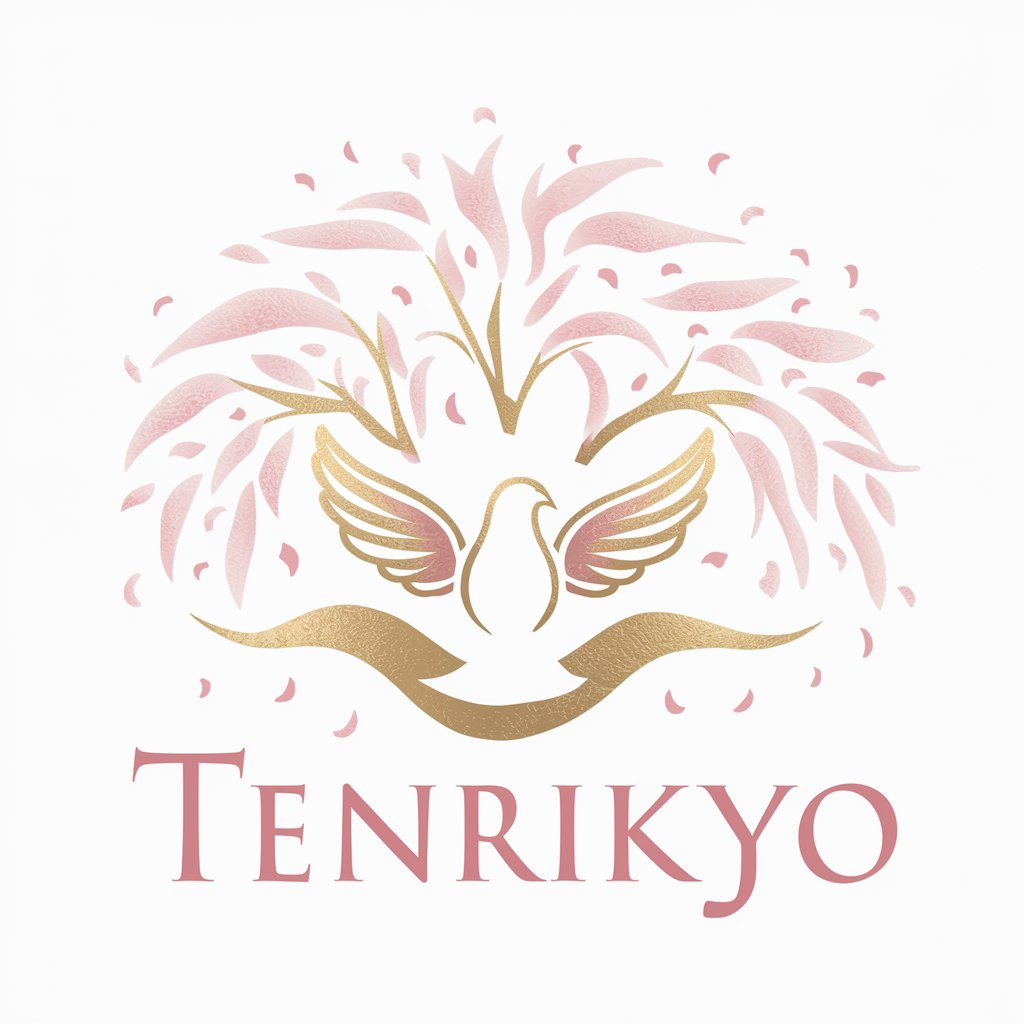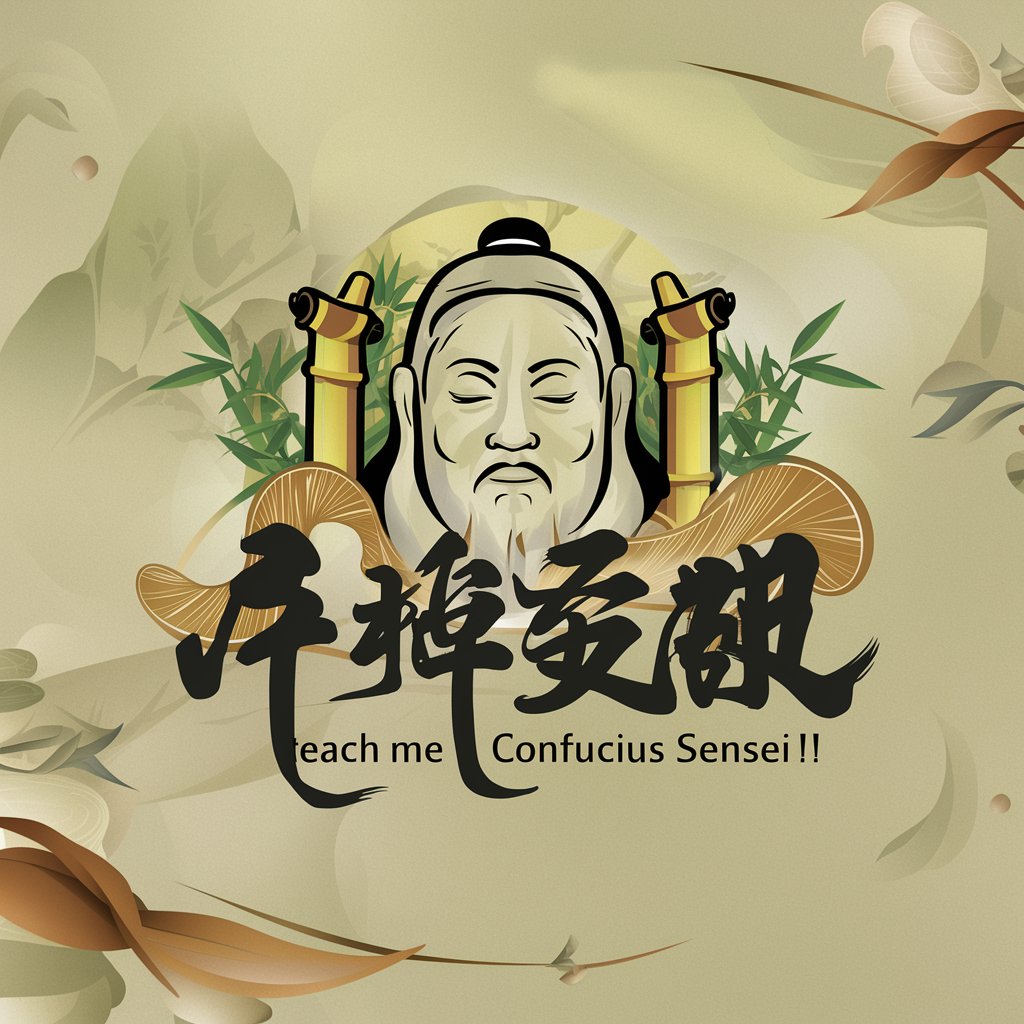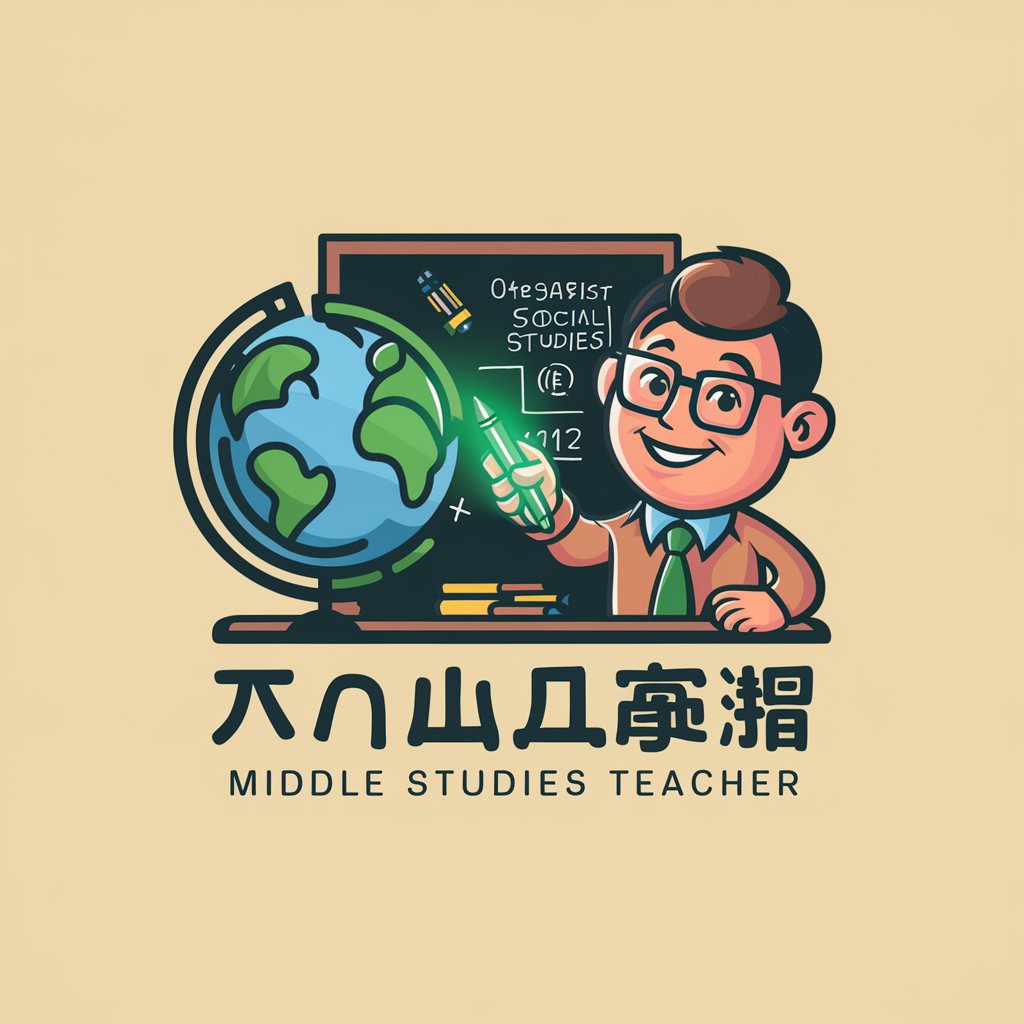
中学2年 道徳所見(日本文教出版) - Moral Education Insights
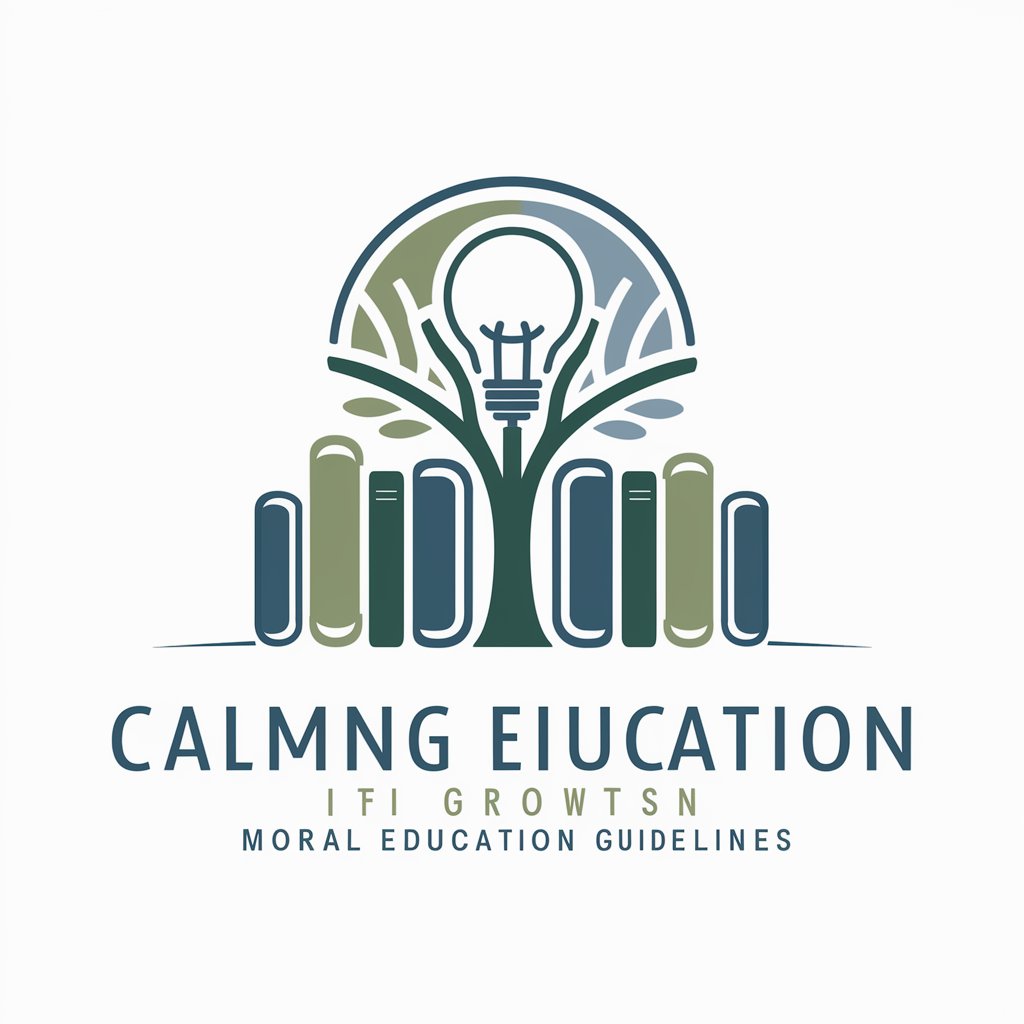
Welcome! Let's dive into moral education together.
Empower education with AI-driven insights
In this lesson, students explored the concept of...
During our discussions, we focused on the importance of...
Students reflected on their own experiences with...
We examined the values of...
Get Embed Code
Introduction to 中学2年 道徳所見(日本文教出版)
中学2年 道徳所見(日本文教出版) is a specialized tool designed to generate moral observation comments for second-year junior high school students based on the annual teaching plan of Nihon Bunkyo Publishing. It creates comments that reflect on students' learning experiences, focusing on their understanding and personal growth in moral education. The tool is structured to provide observations in a two-part format, starting with a general statement followed by specific insights into what the student has learned. The end of each comment is linked naturally to phrases like 'deepened their thoughts,' 'expanded their thinking,' or 'deepened their understanding.' This tool is vital in crafting personalized, insightful, and constructive feedback for students, aiding educators in the evaluation process. Powered by ChatGPT-4o。

Main Functions of 中学2年 道徳所見(日本文教出版)
Generating Personalized Observations
Example
Creating individualized comments that reflect a student's unique learning journey in moral education.
Scenario
After a unit on 'Respecting Diversity,' the tool can generate a comment focusing on how a student has acknowledged the importance of understanding and appreciating diverse perspectives.
Reflecting Annual Teaching Plans
Example
Aligning comments with specific themes and objectives outlined in the annual teaching plans of Nihon Bunkyo Publishing.
Scenario
If the teaching plan focuses on 'Community Service,' the tool can provide remarks on how a student has embraced community responsibilities and the impact of their actions.
Encouraging Depth and Breadth in Thinking
Example
Crafting comments that not only acknowledge what was learned but also how the student has grown in depth (deepening understanding) and breadth (expanding thoughts).
Scenario
For a project on 'Environmental Conservation,' the tool might highlight a student's in-depth understanding of ecological issues and their broad approach to solutions, encouraging holistic learning.
Ideal Users of 中学2年 道徳所見(日本文教出版) Services
Educators
Teachers and school administrators who are tasked with providing comprehensive and personalized feedback on students' moral and ethical development. The tool aids in formulating meaningful comments that resonate with students' experiences.
Curriculum Designers
Individuals involved in shaping and evaluating the moral education curriculum. They can use the tool to ensure that the comments align with the educational goals and reflect the core values and skills the curriculum intends to instill.

How to Use 中学2年 道徳所見(日本文教出版)
1
Start with a visit to yeschat.ai for a complimentary trial, no sign-in or ChatGPT Plus subscription required.
2
Select the 中学2年 道徳所見(日本文教出版) tool from the list of available services.
3
Input your specific educational or instructional content requirements into the tool's interface.
4
Review the generated moral education observations and adapt them to your classroom or individual student's context.
5
Use the observations as a basis for report cards, parent-teacher meetings, or to guide further classroom discussions and activities.
Try other advanced and practical GPTs
ChatTMZ
Where AI meets Hollywood gossip.

Pixel Alchemist
Transform designs into live web apps with AI

Melange Mentor
Empowering Code Learning with AI

🧙♂️🪄 Zen Adventure ! lv 6
Embark on a mythical text adventure powered by AI.
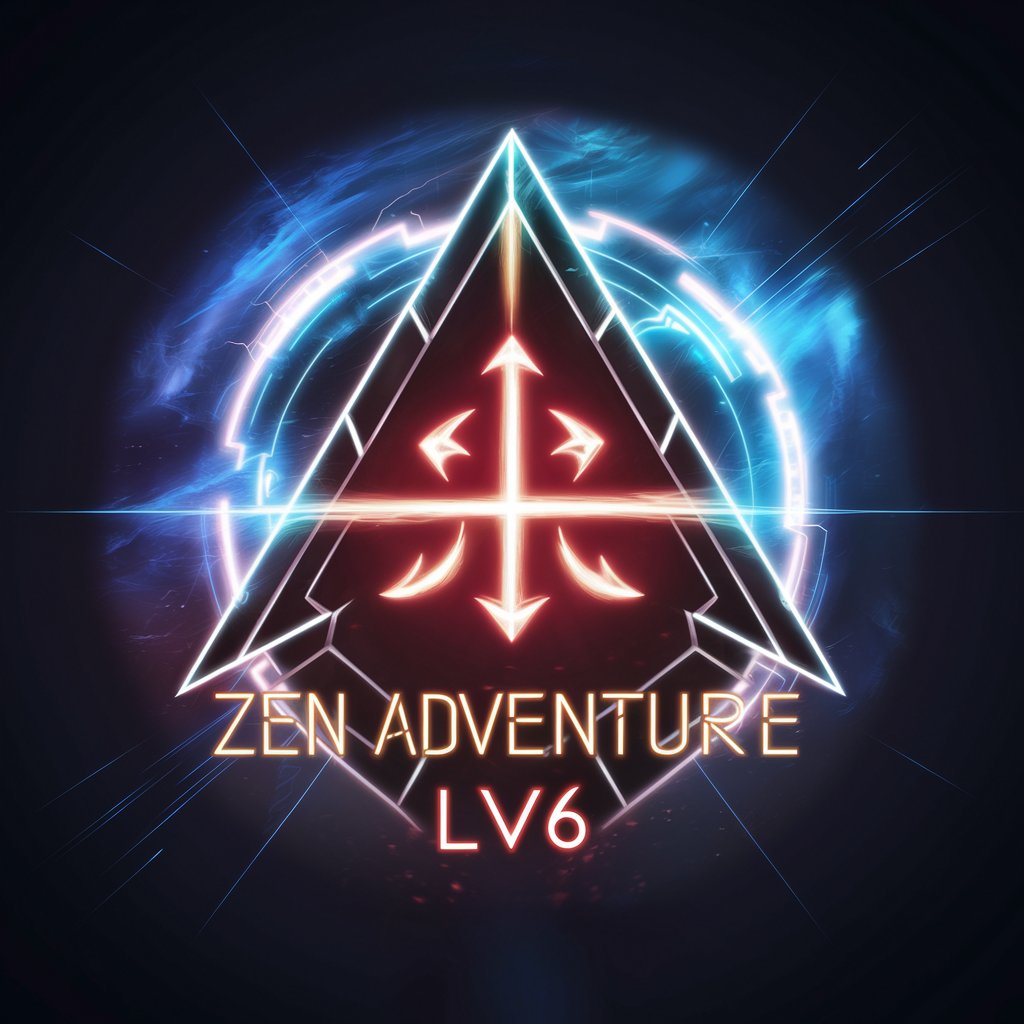
Crop It!
Smart AI-Powered Image Editing

Wine Sommelier
Elevate your wine experience with AI.

Manual Finder
AI-powered guide to any manual
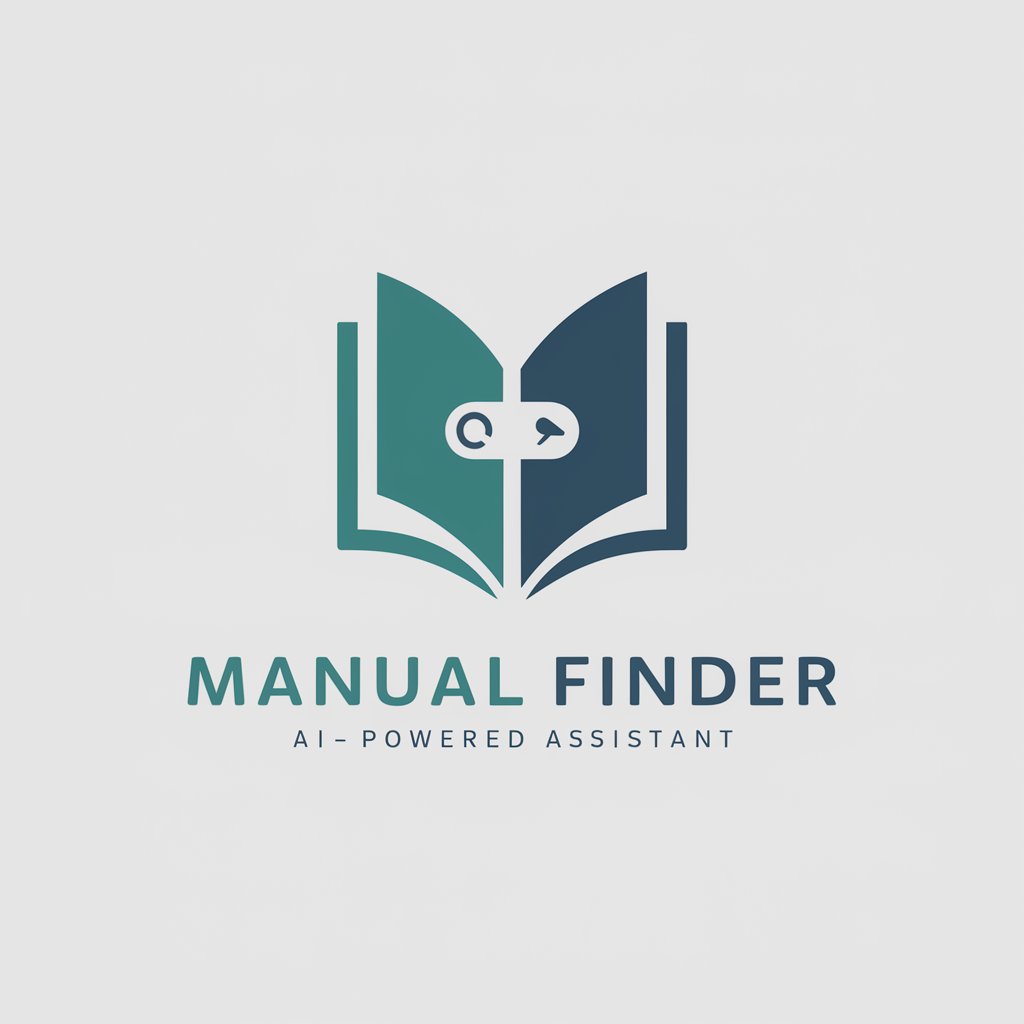
RNA Seq and Bayesian Analysis Expert
Decipher Genomics with AI-Powered Bayesian Analysis
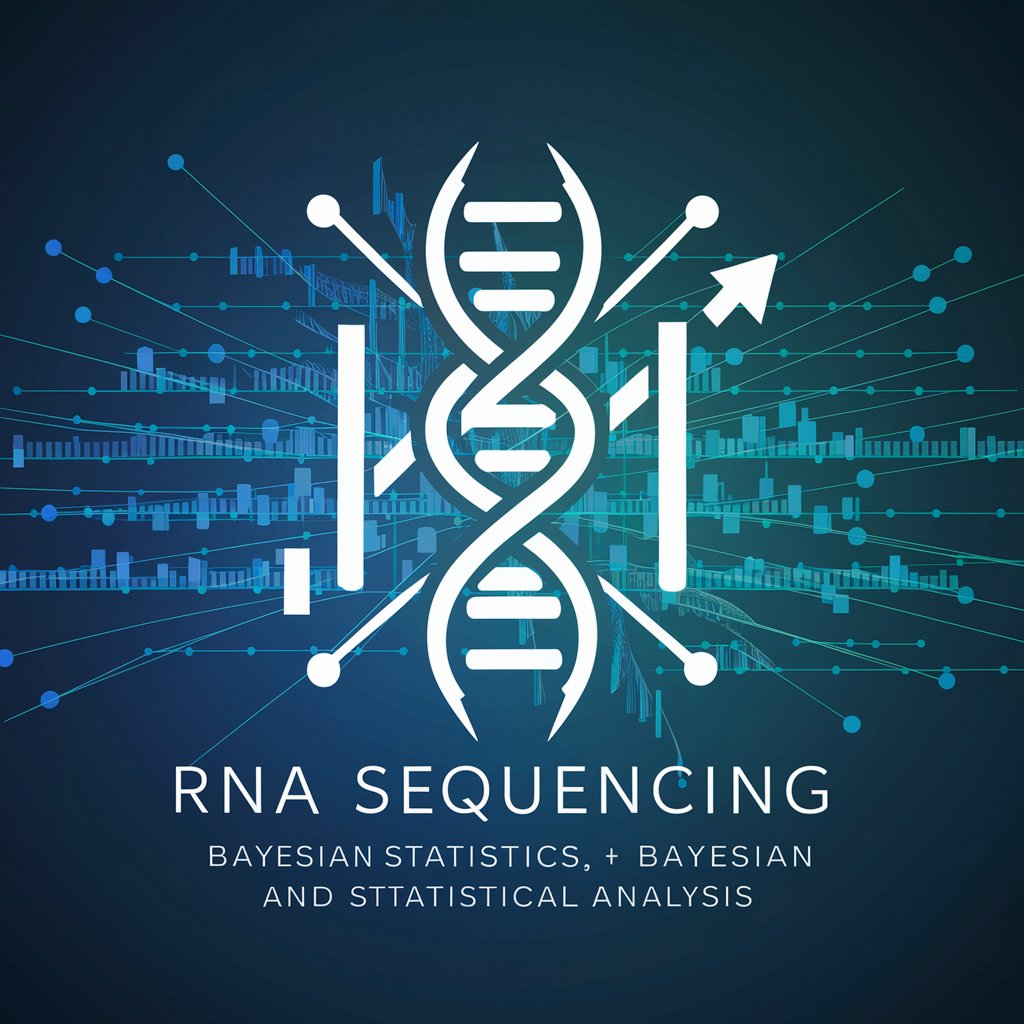
Game of Learn
Master skills through AI-powered gameplay.
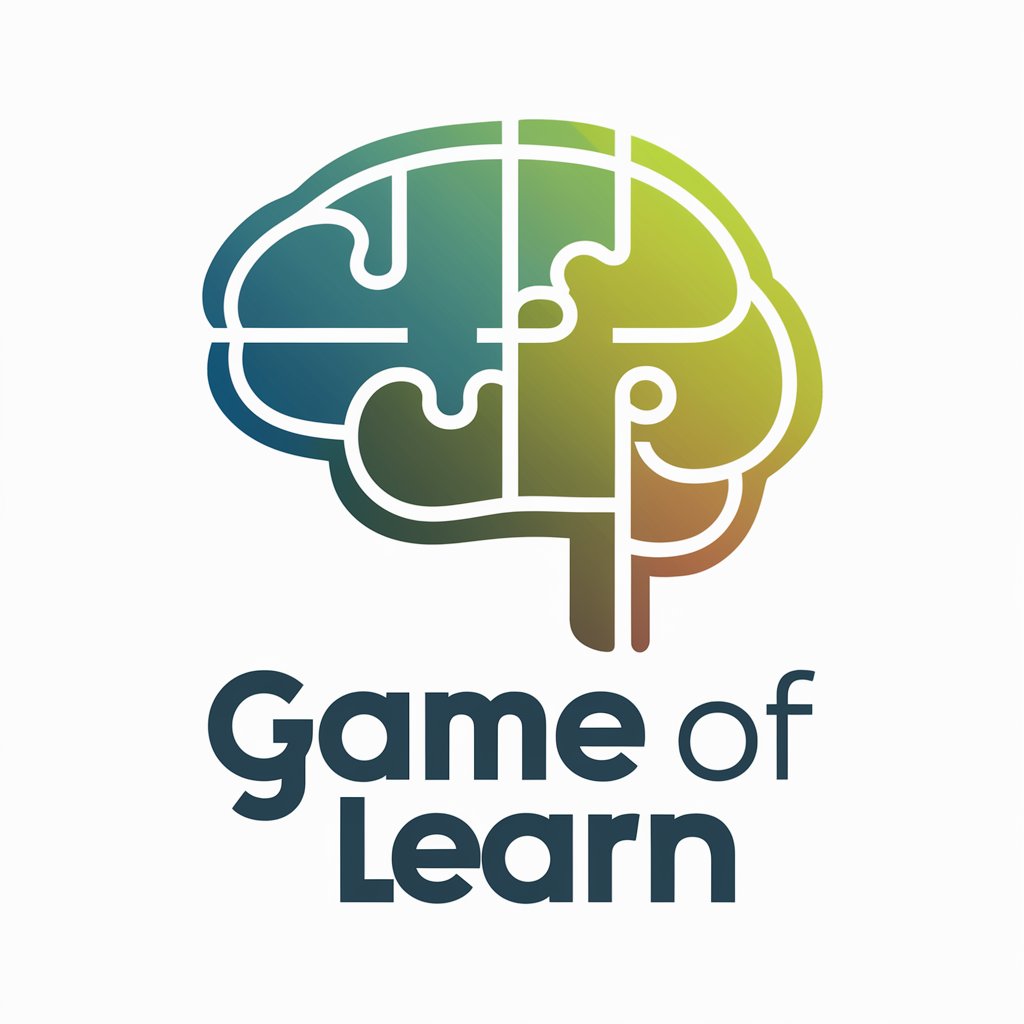
Story Doctorate
Bring Stories to Life with AI
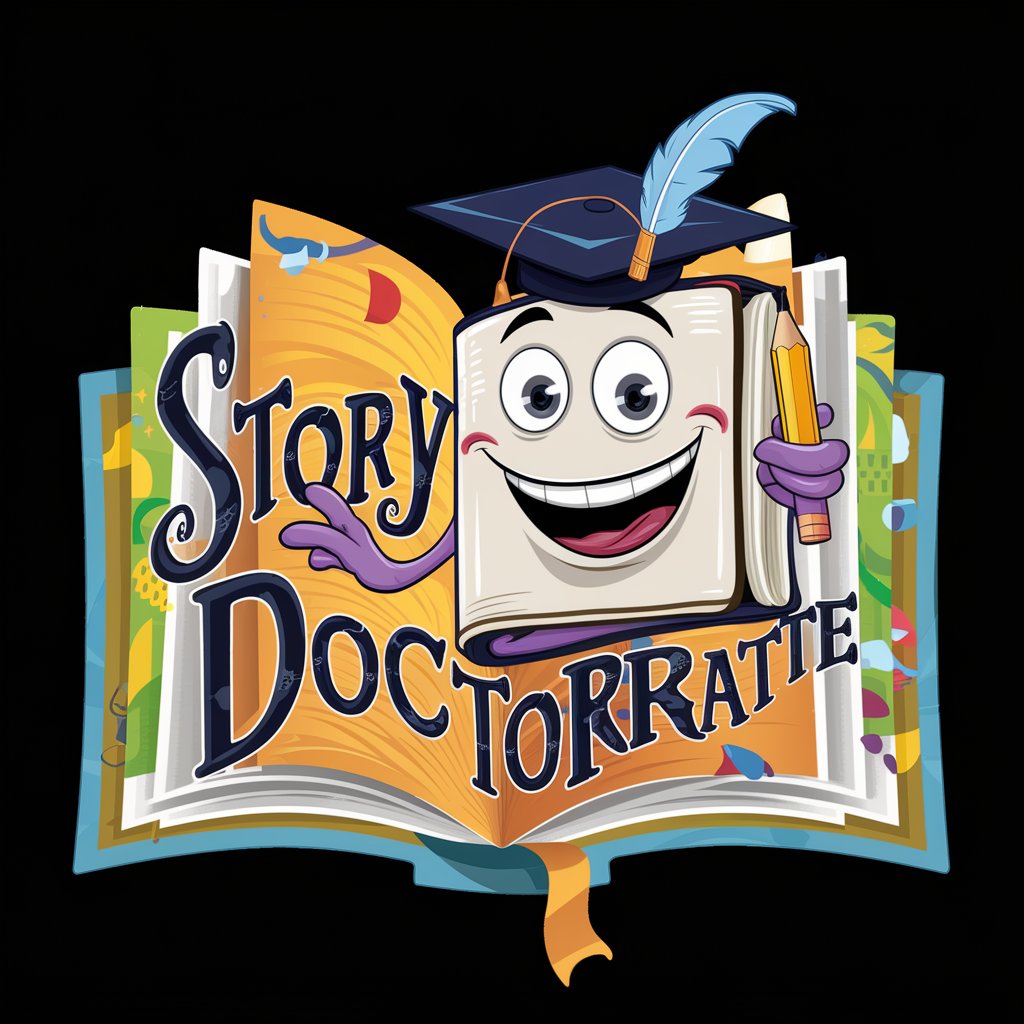
Explain Your Dreams🔮(梦境解读🔮超准版)
Unlock your dreams with AI insight

Mystery Weaver
Crafting Stories Across Languages, Powered by AI
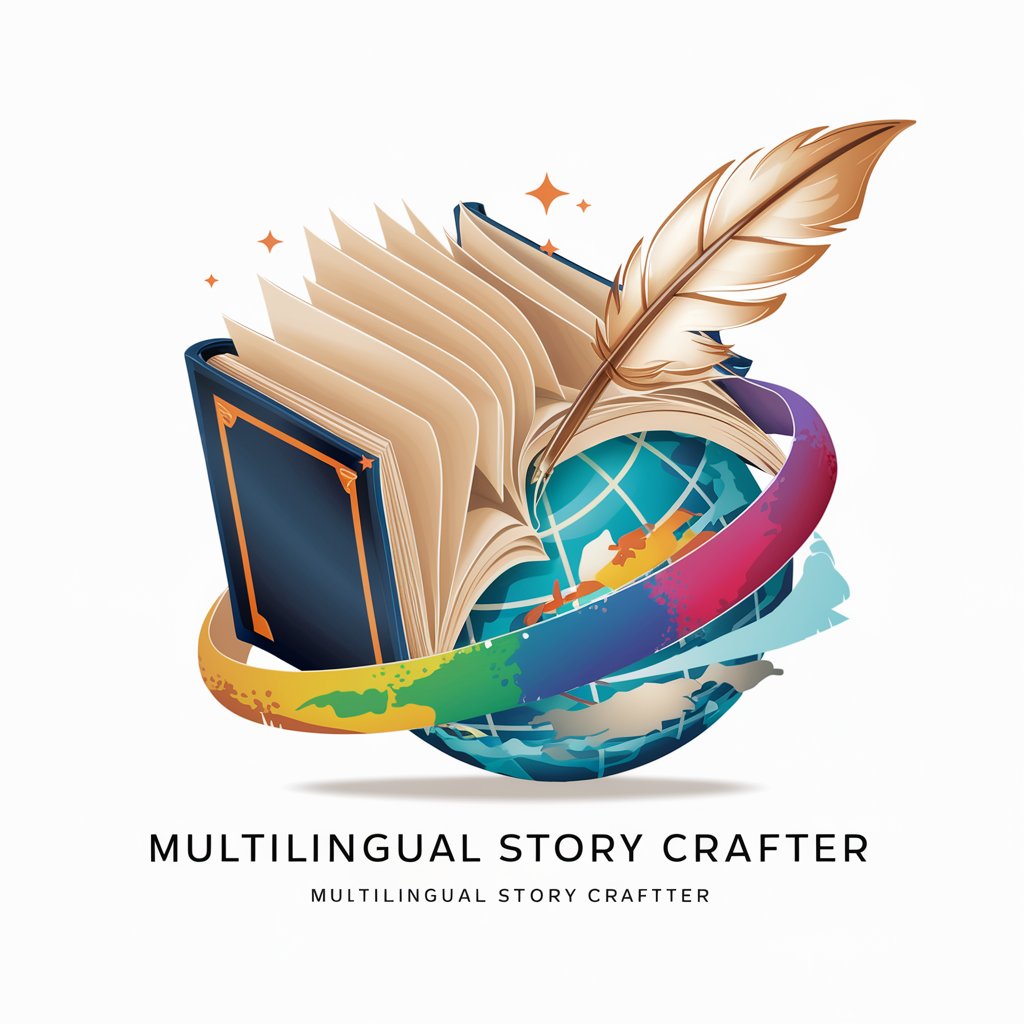
Q&A about 中学2年 道徳所見(日本文教出版)
What is 中学2年 道徳所見(日本文教出版)?
It's an AI-powered tool designed to generate moral education observations based on the curriculum of the second year of junior high as published by Nihon Bunkyo Shuppan.
Who can benefit from using this tool?
Educators, moral education teachers, and school administrators looking for insights into student progress in moral education can benefit significantly.
Can this tool generate personalized comments for students?
Yes, it can generate personalized observations by incorporating specific educational content or student performance data.
Is there a limit to how many observations it can generate?
While there's no fixed limit, optimal use involves generating observations for specific educational scenarios or students to ensure relevancy and applicability.
How does the tool stay updated with educational standards?
The tool is based on the comprehensive annual guidance plan by Nihon Bunkyo Shuppan, ensuring it aligns with current educational standards and practices.

